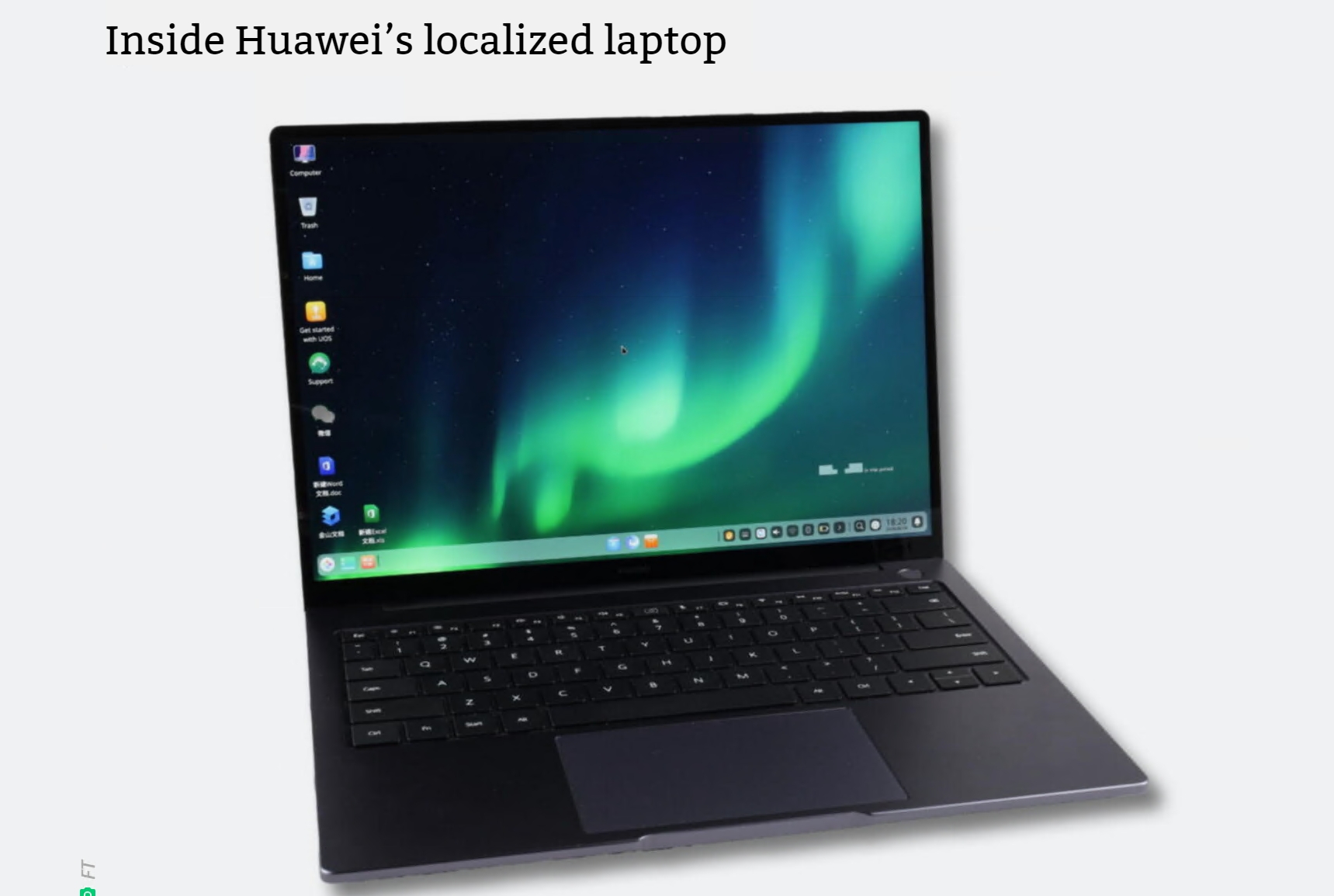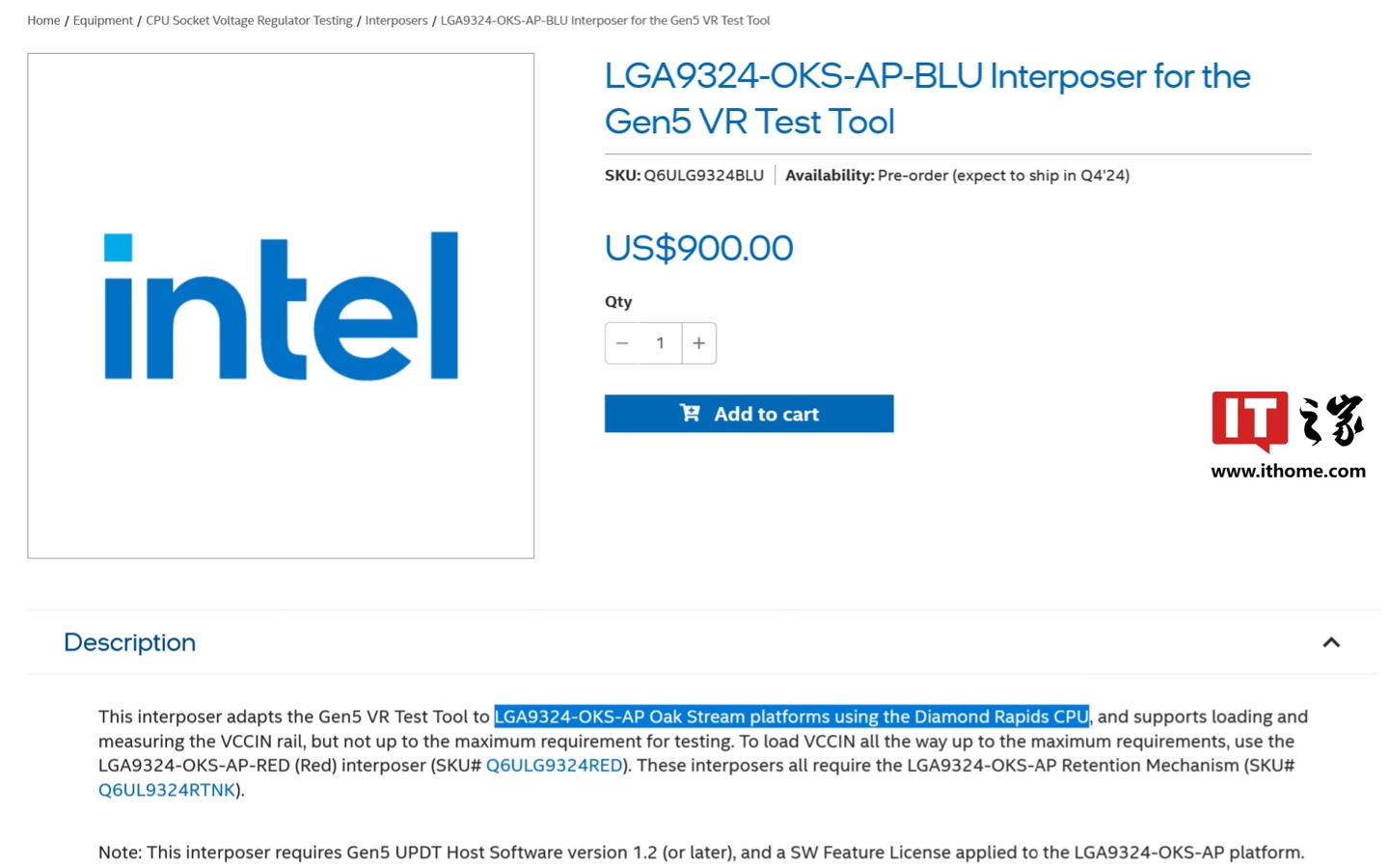China’s demand that the public sector step up use of domestic semiconductors can best be seen within Huawei’s Qingyun L540 laptop.
The “safe and reliable” device features a self-designed processor and a Chinese-made operating system, having stripped out foreign-made components and software as much as possible.
The computer, which is being snapped up by governments and state groups across the country, has become the signature model of China’s localization campaign known as Xinchuang, or “IT application innovation.”
For decades, Chinese officials have dreamt of creating a domestic tech supply chain, especially in building-block components like semiconductors. Progress was slow. But Washington’s ratcheting embargo on high-tech goods has spurred Beijing to redouble its efforts.
“We must ramp up R&D efforts in semiconductors, machine tools, and foundational software,” President Xi Jinping exhorted top scientists and policymakers this summer. “They provide the technological backbone for independent, secure, and controllable supply chains,” he said.
Chinese officials are now combining the heft of state spending and financial support with top-down directives to buy local tech, particularly in semiconductors.
Late last year state buyers were directed to phase out computers powered by American processors.
Since implementing the directive in March, central agencies have transitioned from exclusively purchasing laptops running on Intel and AMD processors last year to now acquiring three-quarters of their devices with chips from Chinese companies like Huawei, Shanghai Zhaoxin, and Phytium, according to public records. Huawei’s Qingyun L540 has won a majority of the orders.





